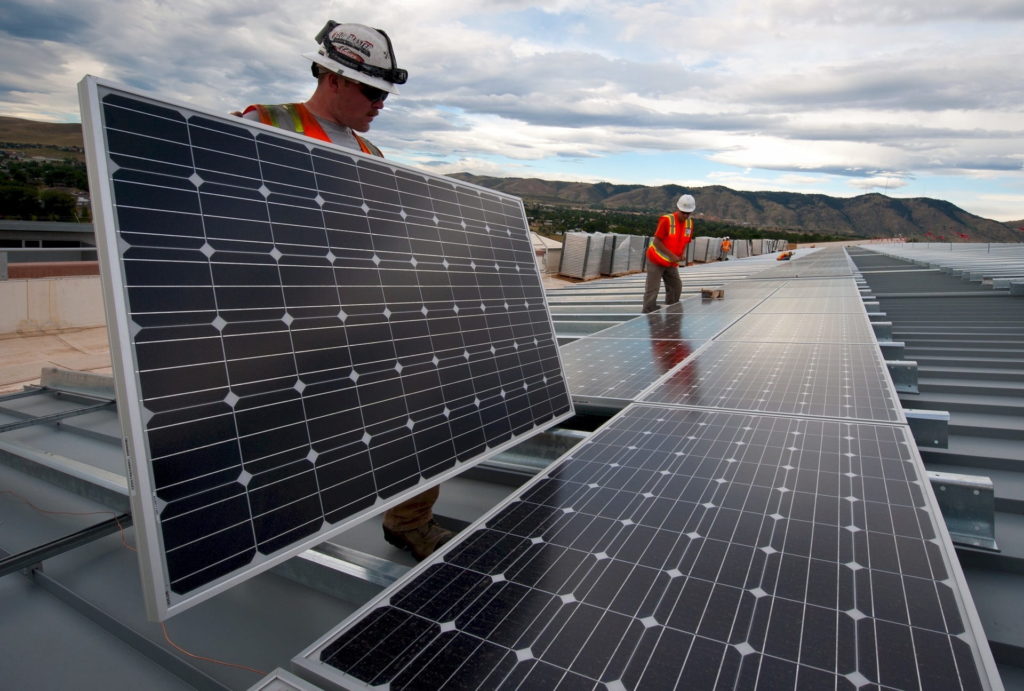
To reach Net Zero Jobs, emissions from homes, transport, agriculture, and industry will need to be cut. In other words, these sectors will have to reduce the carbon they put into the atmosphere.
But in some areas, like aviation, it will be too complex or expensive to cut emissions altogether.
With the term Net Zero Jobs appearing in the news daily, we decided to take a closer look at what net zero means and, more importantly, whether it’s possible.
How did net zero come about?
Few people now deny that we are facing a climate emergency.
- The scientific evidence is clear
- emissions of greenhouse gases
- resulting
Net Zero Jobs from human activity are causing our climate to change.
Carbon dioxide is emitted when fossil fuels are burned to meet our energy demand. Although it isn’t the only greenhouse gas, carbon dioxide is the most significant. As such, the term carbon emissions is often used to discuss all greenhouse gas emissions.
To address the problem, the first major economy to pass legislation that commits the country to Net Zero Jobs emissions by 2050.
In other words, the target is to reduce net greenhouse gas emissions by 100%, relative to 1990 levels, by the middle of this century.
What does net zero mean?
Net Zero Jobs means balancing the carbon emitted into the atmosphere and the carbon removed from it.
This balance or Net Zero Jobs will happen when the amount of carbon we add to the atmosphere is no more than the amount removed.
To reach Net Zero Jobs, emissions from
- Homes
- Transport
- agriculture
- Industry
Net Zero Jobs industry will need to be cut. In other words, these sectors will have to reduce the carbon they put into the atmosphere. But in some areas, like aviation, it will be too complex or expensive to cut emissions altogether.
Why Net Zero Jobs by 2050?
There are a few reasons why the target date set by the Government is 2050.
But it’s important to remember that if we reach this target by the middle of this century, considerable changes will need to occur well before that date, and ideally before 2030.
The year 2050 was also seen as the first realistic date for Net Zero Jobs emissions to be achieved, balancing the urgent need to take action with the inevitable economic impact.
There are different official carbon targets for different parts. Scotland, for example, has committed to net zero emissions by 2045, while Wales has aligned with the UK target of 2050 but with ambitions to get there sooner.
And the Committee on Climate Change has advised Northern Ireland to cut carbon emissions by at least 82% by 2050 after noting that the country’s agricultural emissions would likely prevent it from reaching Net Zero Jobs in the next 30 years.
Is net zero by 2050 possible?
It is a bold target that will require significant changes within the next ten years (not just by 2050) if the UK is to reduce its carbon dioxide emissions to Net Zero Jobs by the middle of the century.
But according to figures released in March 2021, our emissions have already reduced by 48.8% from 1990 levels (although the Covid-19 pandemic significantly impacted greenhouse gas emissions from transport and industry in 2020).
If we put aside the impact of Covid-19 for a moment, this reduction is largely due to changing how we generate energy.
However, we will also need to change how we use energy in our lives.
The Committee on Climate Change maintains we will be able to reach this target using currently known technologies.
But it will also require clear and consistent policies to reduce emissions, alongside changes in people’s lives.
Conclusion
Net Zero Jobs means cutting greenhouse gas emissions to as close to zero as possible, with any remaining emissions re-absorbed from the atmosphere by oceans and forests, for instance.
To go Net Zero Jobs is to reduce greenhouse gas emissions and to ensure that removals balance any ongoing emissions. The net in Net Zero Jobs is important because it will be very difficult to reduce all emissions to zero on the timescale needed.
Also Read:
How Renewable Energy Jobs will Power the Future






